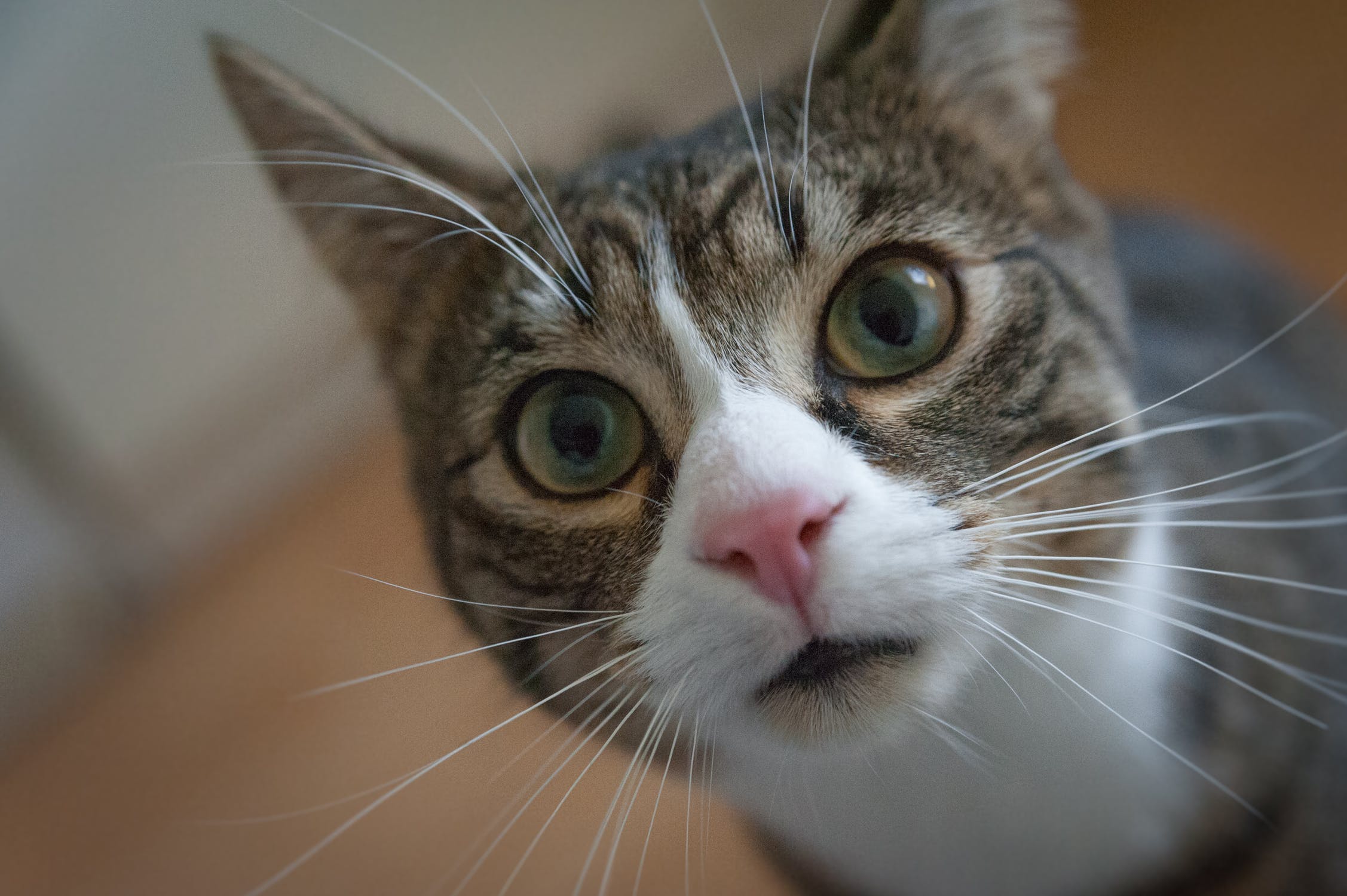
Dear Ms. Kitty,
My three cats are sporadically getting into fights. They get along fine for weeks and then out of nowhere a fight breaks out. I don’t want to get rid of any of them and it doesn’t seem like there is one cat that is the instigator. The cats have all been adopted from rescues, are indoor only, and have all their claws.
I am stressed by the cat fights and worried about them getting seriously injured.
Confused
Dear Confused,
Cats as a species are skilled at getting their needs met if they have lots of choices. When we move cats to an indoor-only setting, we reduce their risks but can also limit their options. That can cause friction.
When cats get along part of the time but also have baffling conflicts, it is likely they are under stress. We may think it comes out of the blue, but we can recognize the signs of distress if we become good cat detectives.
Once you recognize the triggers that irritate you cat or cats you can address the situation before it escalates into conflicts. If you can’t identify a specific cause, you can still work on reducing the stress in your cats’ lives so they are less likely to be tipped into frustration, irritation, or aggression.
A trigger could be something outside, like prowling neighbor animals that are creating anxiety. Cats consider the area outside the house as part of their territory. If they see, hear or smell invaders that they can’t chase off, they can turn on resident cats to release their frustration. The resident cat that gets attacked may fight back to defend himself and this cycle can break down the relationship.
There can be multiple sources of frustration inside the house if there are limited resources. This can lead to tension when cats have to share litterboxes, food and water dishes, perching spots, beds, toys, and attention. Conversely, when cats have abundant resources and multiple options in their lives, they are less reactive and can be more tolerant of annoyances.
Cats appreciate being able to have some control over their lives. When cats get to make decisions, it can help them feel calmer and more tolerant.
I encourage you to watch for subtle signs that there is something irritating your cats. Consider giving your cats more choices and their stress levels will lower.
Also don’t assume that your cat likes the choices you provide if you aren’t giving multiple options. For example, if you offer multiple types of litter, they will show you what they like. It may surprise you!
Touching: Cats can enjoy different types of touch at different times. Some cats enjoy being stroked 3 times but the 4th time feels uncomfortable. It is important to recognize your cats’ cues or to establish signals that will allow your cats to give their consent before being touched or picked up.
Water systems: By offering different types of bowls or fountains in different locations, you encourage good hydration.
Types of food: Experiment with different types of food (dry food, canned food, raw food) and rotate flavors: poultry, seafood, unique proteins.
Meal delivery: Provide puzzle feeders, feeding dishes programed to individual cats if they have different diets of eating styles.
Mealtime: Feed cats separately with multiple small meals. Cats shouldn’t feel pressured by other cats while eating.
Treats: This is a food reward and should be limited to reinforcing desired behavior. Find something that each cat loves and keep it around the house in cat proof jars. If you see your cats staring or stalking, call them and shake the treats. This should redirect them and get them rewarded for coming when called. If your timing is good you can head off fights from the comfort of your chair.
Scent soakers: Provide objects that collect pheromones when your cat rubs or sleeps on them, like cardboard scratchers, bedding, and scratching posts. Having their scent around helps to make them feel more secure.
Toys: Interactive wand toys can be used in supervised play or use safe balls or pipe cleaners for self play. Reduce boredom with novel items – boxes, paper bags, pinecones, crumpled paper, cat grass, fresh or dried catnip. Rotate toys so they stay interesting. Active cats are less irritated!
Litter boxes: Many cats like to have one box for liquid waste and another for solids. Place boxes in an area where the cats will not get trapped or scared by noisy appliances. Don’t make the cats go to an uncomfortable or out-of-the-way place to eliminate. Covered boxes can sometimes result in cats getting ambushed.
Outside experiences: Expand your cat’s world by providing a catio, training for harness and leash walks, pet stroller or backpack trips. The larger the territory, the less chance of stress.
 Melissa Shandley has a natural kinship with cats and is continually studying the latest research and training methods to set cats up for success. She approaches her interactions with respect and a sense of wonder for these creatures who are willing to share our lives.
Melissa Shandley has a natural kinship with cats and is continually studying the latest research and training methods to set cats up for success. She approaches her interactions with respect and a sense of wonder for these creatures who are willing to share our lives.
Melissa is one of the founders of Happy Cats Haven, a Cat Behavior Consultant and Cat Care Provider.
www.playandtreatpetservice.com
shandleym@q.com
719-686-8778
Ask Ms Kitty is a free helpline offered by Happy Cats Haven and Colorado Cats Boarding.





